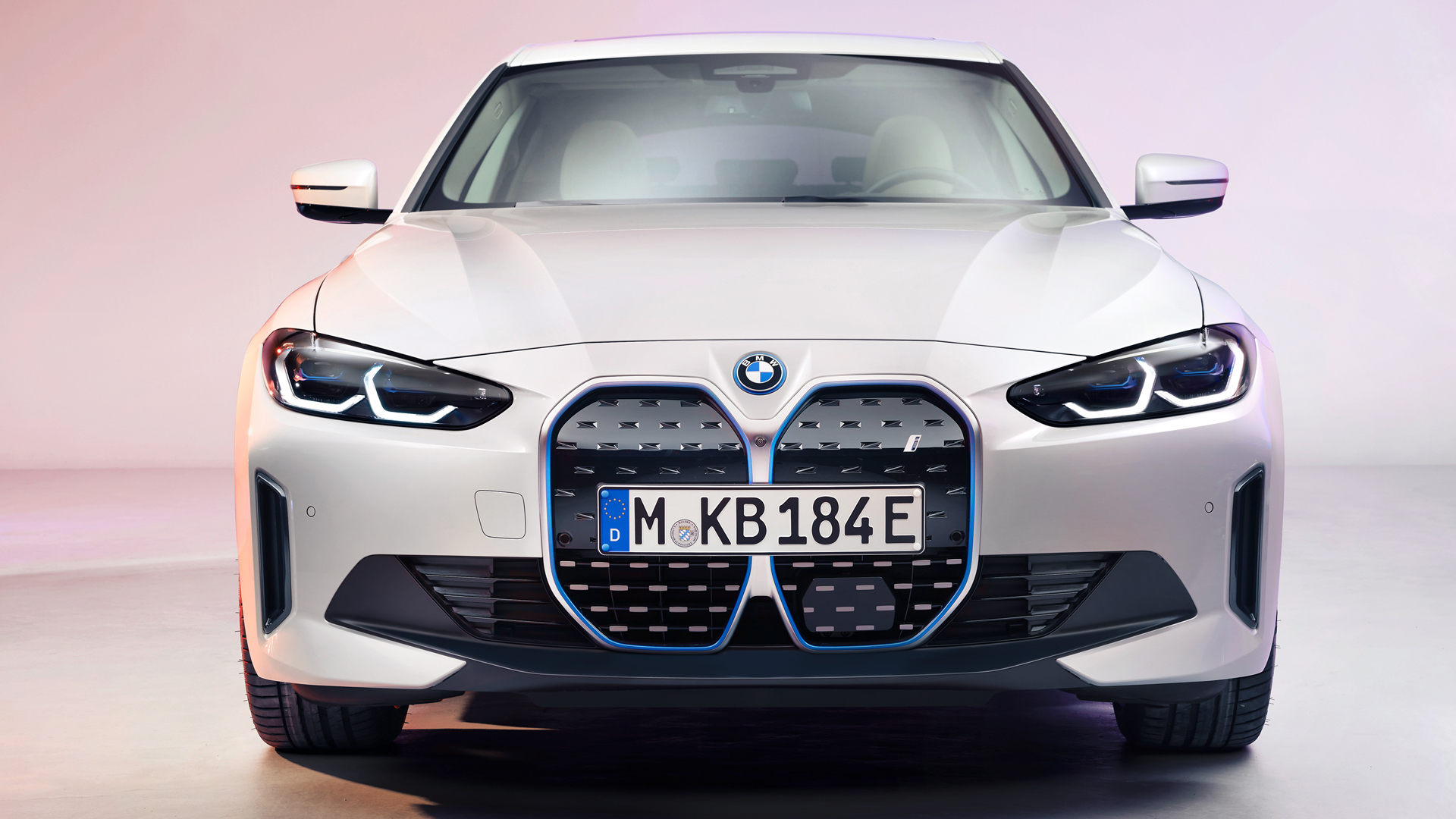

BMW has been sending mixed messages about what it’s doing with drivetrains for quite some time now. Back in 2018, it said 85 percent of its lineup would still feature an internal combustion engine by 2030, then last year announced that it was canning half of its combustion drivetrains by 2022 in favor of electric variants. And just two months ago, it said it had no intention of stopping developing internal combustion engines. So which one is it?
Well, it’s kind of all of them. Speaking at the BMW Group annual meeting last week, CEO Oliver Zipse confirmed that the drivetrains really are going away. It’s not just pure combustion on the chopping block, either, but it’s getting rid of anything for which there isn’t a popular application in order to manage the complexities of manufacturing ICE and electrified cars together in the future.

“We are reducing complexity, with fewer variants and fewer drivetrains – keeping only those for which there is real demand: About half the current drivetrain variants will no longer be offered by 2025,” said Zipse during the meeting.
Then there’s an overall restructuring happening within the organization. In addition to converting assembly plants to all-electric, including its oldest factory in Munich, BMW has been going through huge staff changeovers to realign their expertise to electric vehicles.
“We are qualifying our team for the transition to e-mobility, developing expertise, and reallocating competencies. That is what transformation looks like at BMW. More than 5,000 colleagues took advantage of voluntary severance packages. At the same time, 4,000 new experts were hired in future areas of activity, heralding a phase of renewal,” he added.
Zipset went on to add that “2023 will be a tipping point for us [BMW], with 13 pure electric models on the roads that year. The number of vehicles is not the only criterion for us – so is the breadth of our product range: There will then be at least one fully electric option for customers in 90 percent of segments – from the compact class to the ultra-luxury segment.”
That might seem contradictory to also simplifying the drivetrains BMW uses, but most automakers are approaching electric vehicles from a platform point of view, creating a single architecture that can work for multiple vehicles of very different kinds.
Despite its promise that it’s not giving up on ICE, radically shifting so many staff and plants over to electrification is no small commitment, though, and Zipse confirmed that “certain markets”—presumably, particularly those where new ICE sales are imminently going to be barred—”could shift entirely to e-mobility in the next few years.”
Got a story tip? Mail me on hazel@thedrive.com